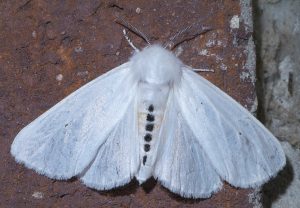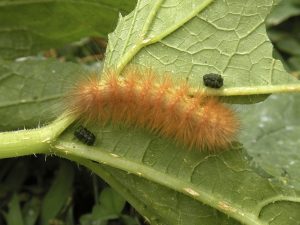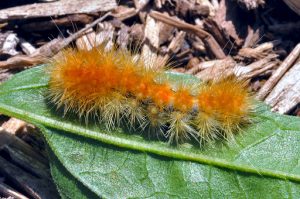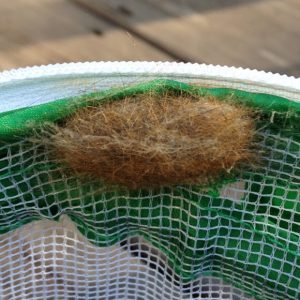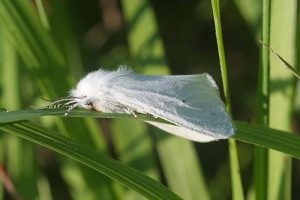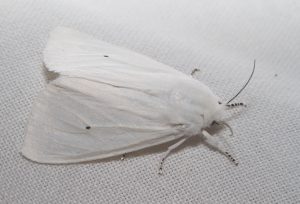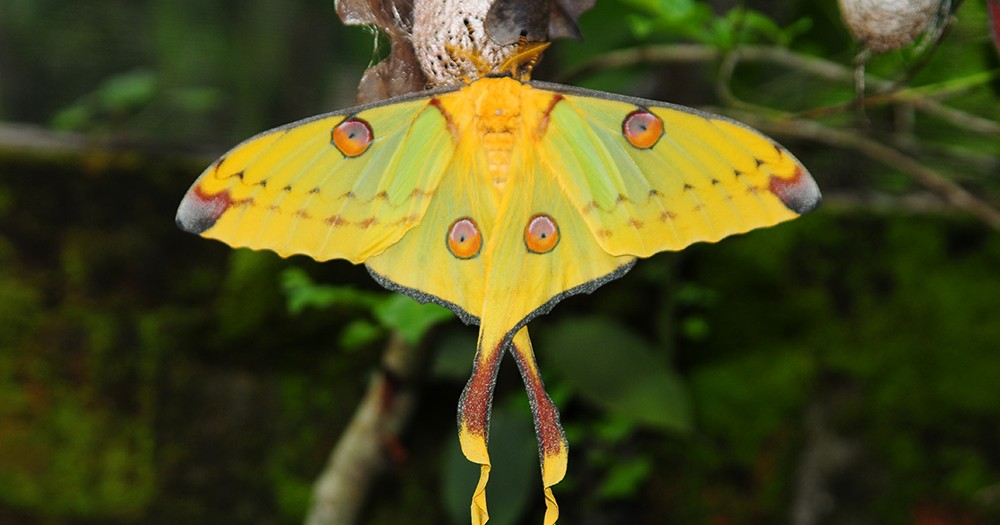Virginian Tiger Moth/Yellow Woolly Bear (Spilosoma virginica)
Virginia tiger moth, familiar as the yellow bear caterpillar, or yellow woolly bear, is indigenous to different parts of the United States, mainly Virginia, alongside other states.
en.wikipedia.org
Scientific Classification
- Family: Erebidae Moth
- Genus: Spilosoma
- Scientific Name: Spilosoma virginica
Description and Identification
Caterpillar
The caterpillars have a hairy appearance, mostly yellow or black, though the coloration varies from one species to the other. Their body is divided into 13 segments and goes through about six molts in the larval phase. They primarily feed on leaves, almost skeletonizing the foliage, leaving just the veins. Those emerging in the summer season are the ones that damage the crops the most. Sexual dimorphism is observed, with the female species being a little larger than their male counterparts. Of the two generations of the yellow bear caterpillar, one matures in May and the other in August.
Adult Moth
Sexual Dimorphism: Present
Males are smaller in size than the females but have a larger and more feathery antenna.
Color Appearance
When opened, the wings are white, with black spots. The forewings have just two of them, one close to the inferolateral cell and the other near the wing margins. The hind wings are spotted more heavily. When closed, it is the same white pattern with fewer spots at the center and side.
They also have a white head and thorax and yellow abdomen with black dots arranged longitudinally. Their anterior legs are yellow and black, while the posterior ones are black and white.
Average Wingspan: 3.2 – 5.2 cm (1.2 – 2.04 inches)
Flight Pattern: Zigzag and erratic (mostly in males)
Season: May – November
Eggs
The female lays about 20 – 100 eggs on the leaves’ undersides in groups of 20 – 100. They are translucent and spherically shaped.
Quick Facts
| Other Names | Yellow bear caterpillar, yellow woolly bear caterpillar (referred to the larvae) |
| Distribution | Different parts of North and Central America |
| Habitat | Wetlands, woodlands, grasslands, mixed hardwood forests, conifer forests, coastal rainforests |
| Predators | Mainly birds |
| Lifespan of Adults | 1 – 2 weeks |
| Host Plants | Aster, daisy, goldenrods, herbs, legumes, and different varieties of grasses |
| Adult Diet | Nectar of different flowers |
Scientific Classification
- Family: Erebidae Moth
- Genus: Spilosoma
- Scientific Name: Spilosoma virginica

